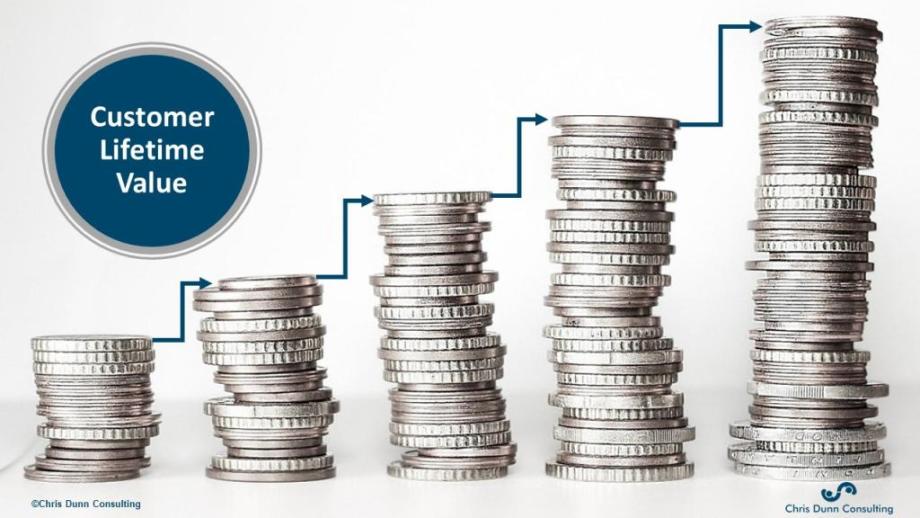As a quick recap, customer lifetime value (CLV) refers to the total amount of profit that a single customer contributes to the company’s bottom line over the period during which the customer buys from the company.
At its simplest, the CLV formula is as follows:
Customer revenue per year x Duration of the relationship in years – Total costs of acquiring and serving the customer
If you could identify every single customer and their individual purchases and associated costs from the moment that they started buying from your company to the point that they stopped, you would apply the above formula and, in this case, you would have calculated the 'historic CLV'.
However, a retrospective calculation like this is not very useful as it does not allow you to take real-time actions that might retain a customer for longer or increase the value of their spending when they have an active need for your products or services.
It is better therefore to adopt a measure of 'predictive CLV'. This is where you estimate the amount of profit that a customer will generate over a defined period of time.
The most basic way of measuring ‘predictive CLV’ is through an assumptive formula like the one below:
Estimated revenue per order x frequency of orders x average length of the customer relationship in years - Total costs of acquiring and serving the customer
For your predictive model to work, you must be able to accurately track order values and order frequencies over time and do this on the basis of individual customers – or if this is not possible, then on the basis of tightly controlled customer segments.
New research by Econsultancy indicates that while 75% of companies believe that CLV is an important business metric only 11% can measure it accurately.
When you can measure CLV accurately on a predictive basis, you will be able to drive programmes aimed at:
- Reducing customer acquisition costs
- Increasing customer retention
- Driving repeat orders or selling subscriptions
- Upselling to higher value products and services
If you’d like to talk about how to improve your Customer Lifetime Value, simply book your free online consultation through the Chris Dunn Consulting website.



